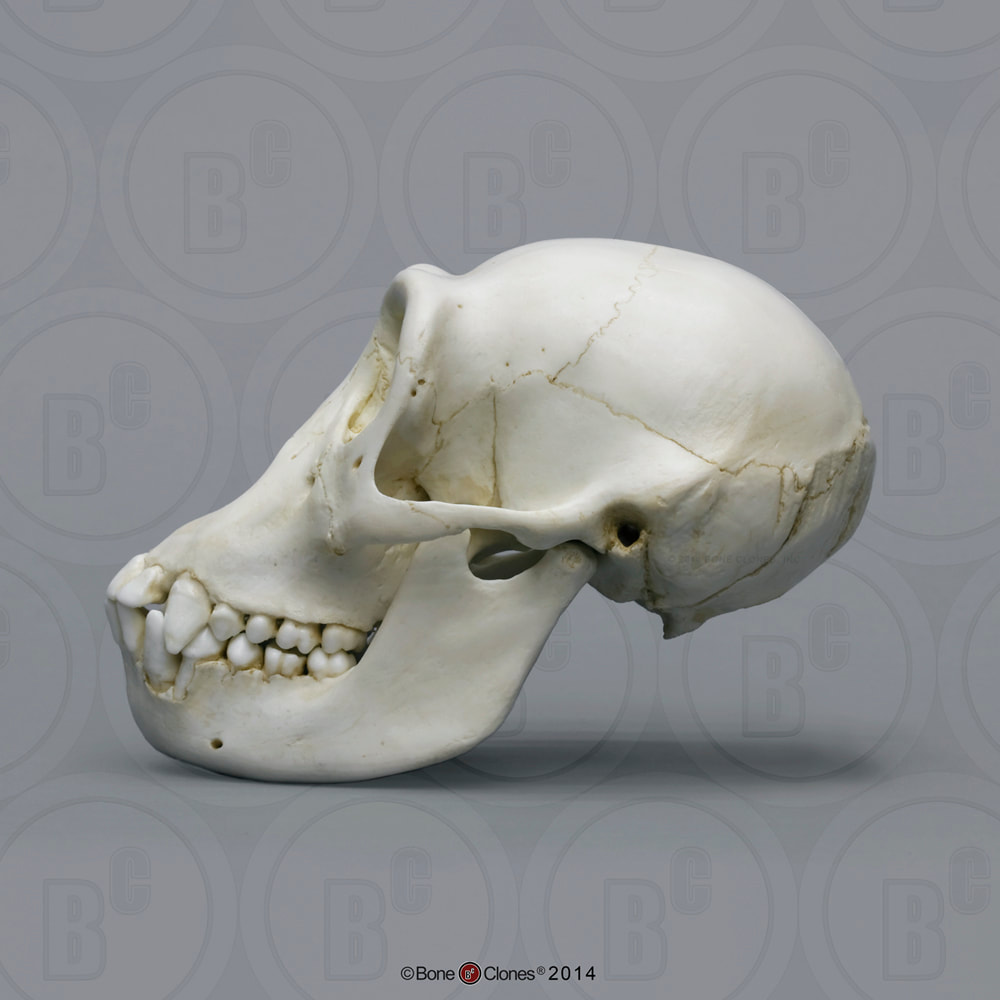

The researchers found that prenatal growth rate in the linage that developed into humans began to speed up after diverging from chimpanzees approximately 5 to 6 million years ago. Sure, he can punch and thrash but you can bet his technique will be poor. They then created a model for calculating prenatal growth rate in ancient primates based on their fossilized teeth and used it to calculate the prenatal growth rate for 13 hominid species. The researchers began their work by studying prenatal growth rates in multiple types of modern primates-they found that measurement of the first and third molar provided a good correlation ratio. Chimpanzees sleep alone in separate nests except for infants or juvenile chimpanzees, which sleep with their mothers. A juvenile chimpanzee in the study showed such hand-waving savvy by combining the reach-out begging gesture with a silent bared teeth face all in an effort to reclaim food. In this new effort, the researchers wondered when the increased growth rate began in the human linage. Play like this helps chimpanzees build strength and practice coordination for moving.

It has been suggested by some researchers that the faster prenatal growth rate led to the relatively speedy evolution of a larger brain. This juvenile chimpanzee in the Goualougo Triangle is having fun spinning and playing with moms hand below. A little chimpanzee behind bars in a zoo Chimpanzee standing in mud. Mother Chimpanzee walking by with carrying young Llittle chimpanzee. Cute baby chimpanzee with mother (Pan troglodytes Chimpanzee with baby.
#Juvenile chimpanzee hand professional#
Finally, human children are much closed to chimpanzee adults when they grasp large objects ( P > 0.05) whereas they clearly differ when they grasp small objects ( P < 0.001) ( Fig. Browse 445 professional juvenile chimpanzee stock photos available royalty-free. Bipedal walking in chimps is normally only. Simple reaching served as the measure of lateral bias in hand preference during 2. Chimpanzee juveniles used power grips preferentially whereas human children used power grips as often as thumb-fingerpad (s) grips ( P < 0.001). We were surprised to see one of our juvenile chimpanzees, Cesar, going for a stroll in front of our camera traps. Hand preferences were assessed in 51 chimpanzees (Pan troglodytes 28 male and 23 female) ranging from 2 to 5 years of age). Prior research has shown that the prenatal growth rate for humans is faster than for all of the other primates-a human fetus, for example, grows by approximately 11.6 grams a day, while gorillas grow by just 8.2 grams per day. Assessment of hand preferences in chimpanzees suggests that in chimpanzees hand preferences are established by 2 years of age and are stable throughout the juvenile developmental period.


 0 kommentar(er)
0 kommentar(er)
